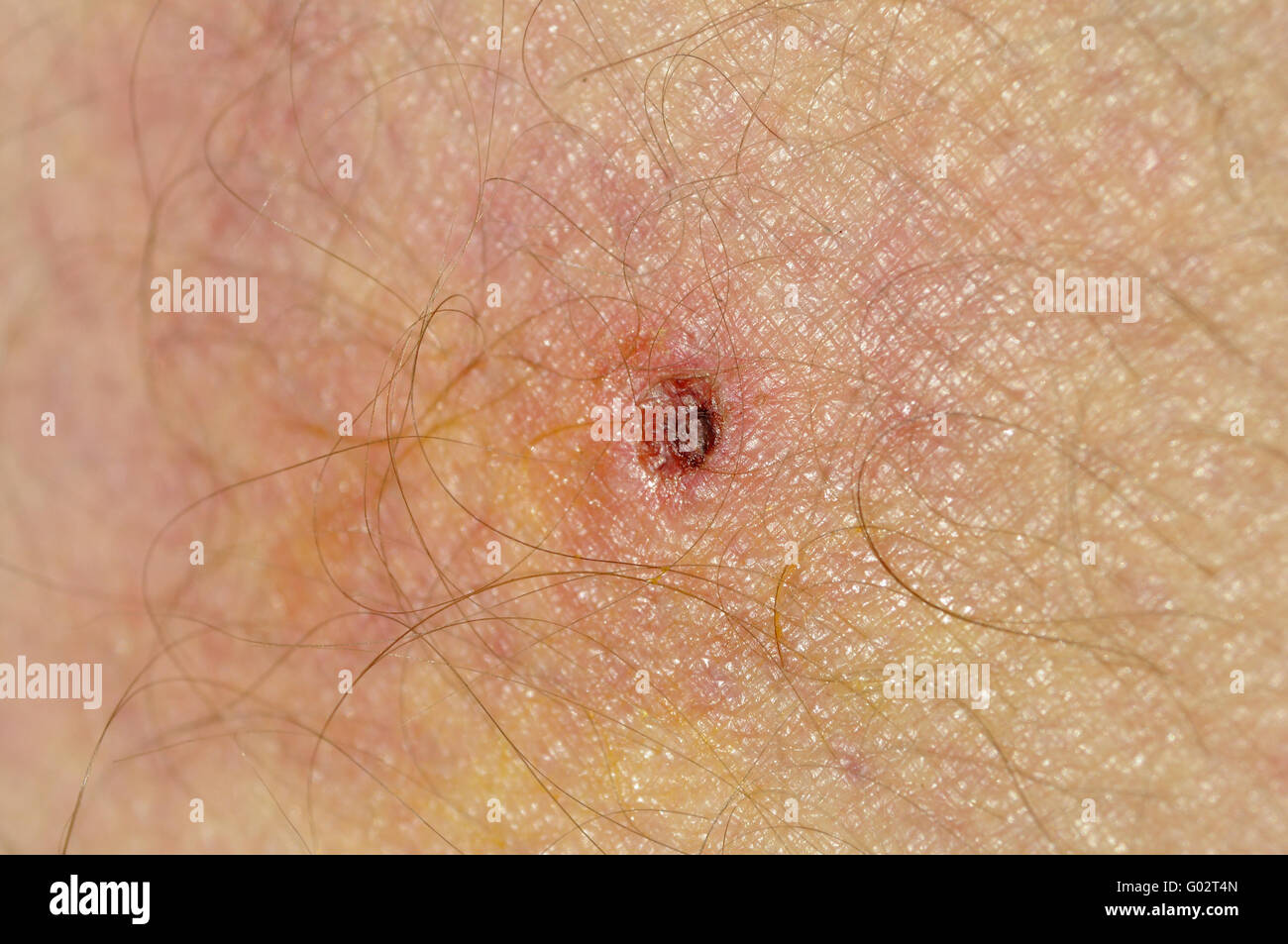
In the United States, Lyme disease is caused by the bacteria Borrelia burgdorferi and Borrelia mayonii, carried primarily by black-legged or deer ticks. Shown from left to right is the adult female, adult male, nymph and larva on a centimeter scale. The deer tick (Ixodes scapularis) goes through three life stages. Ticks can also transmit other illnesses, such as babesiosis and Colorado tick fever. Untreated, Lyme disease can spread to other parts of your body for several months to years after infection, causing arthritis and nervous system problems. Visit your doctor even if signs and symptoms disappear - the absence of symptoms doesn't mean the disease is gone. See your doctor even if symptoms disappear Treatment for Lyme disease is more effective if begun early. If you think you've been bitten and have signs and symptoms of Lyme disease - particularly if you live in an area where Lyme disease is common - contact your doctor. Lyme infection is unlikely if the tick is attached for less than 36 to 48 hours. The longer the tick remains attached to your skin, the greater your risk of getting the disease. Only a minority of tick bites leads to Lyme disease. When to see a doctor If you've been bitten by a tick and have symptoms Heart problems, such as an irregular heartbeat.Several weeks after infection, some people develop: Weeks, months or even years after infection, you might develop inflammation of the membranes surrounding your brain (meningitis), temporary paralysis of one side of your face (Bell's palsy), numbness or weakness in your limbs, and impaired muscle movement. Bouts of severe joint pain and swelling are especially likely to affect your knees, but the pain can shift from one joint to another.

The rash may appear on other areas of your body. If untreated, new signs and symptoms of Lyme infection might appear in the following weeks to months. Fever, chills, fatigue, body aches, headache, neck stiffness and swollen lymph nodes can accompany the rash. Some people develop this rash at more than one place on their bodies. It's typically not itchy or painful but might feel warm to the touch.Įrythema migrans is one of the hallmarks of Lyme disease, although not everyone with Lyme disease develops the rash. The rash (erythema migrans) expands slowly over days and can spread to 12 inches (30 centimeters) across. From three to 30 days after an infected tick bite, an expanding red area might appear that sometimes clears in the center, forming a bull's-eye pattern. However, these signs and symptoms can occur within a month after you've been infected: This normal occurrence doesn't indicate Lyme disease. Early signs and symptomsĪ small, red bump, similar to the bump of a mosquito bite, often appears at the site of a tick bite or tick removal and resolves over a few days. They usually appear in stages, but the stages can overlap. The signs and symptoms of Lyme disease vary. The rash gradually spreads over a period of days and can eventually reach up to 12 inches (30 centimeters) across. People with Lyme disease might get a characteristic bull's-eye rash.


 0 kommentar(er)
0 kommentar(er)
